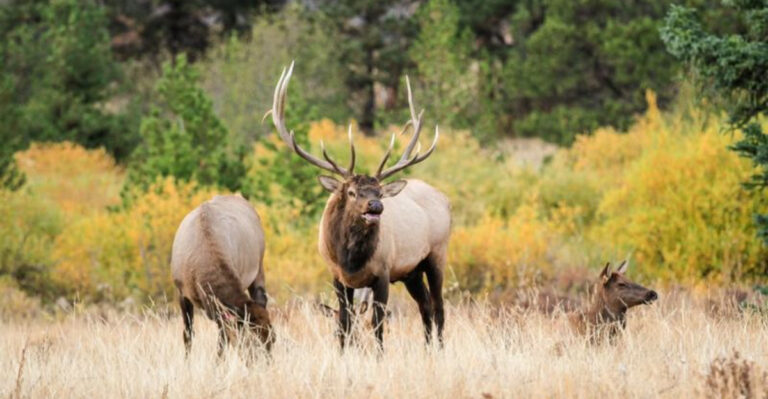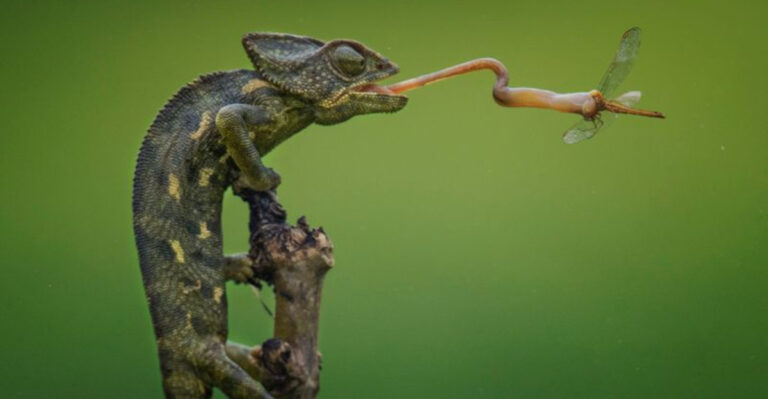12 Fascinating Facts About Prototaxites: The 407-Million-Year-Old Giant That Challenges Life’s Origins
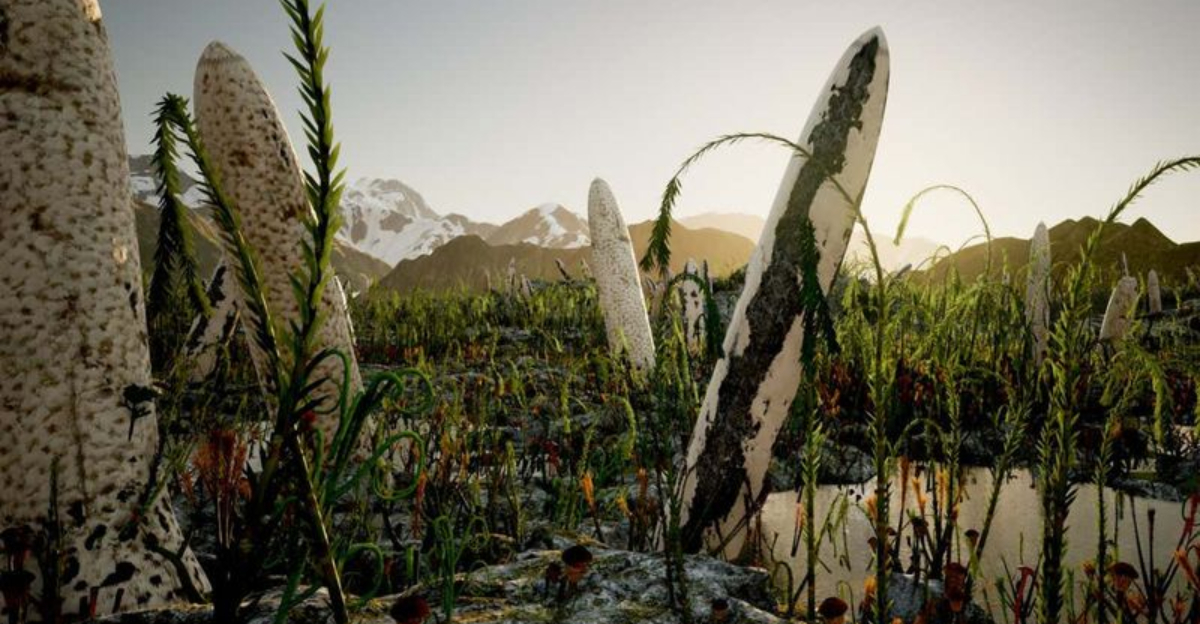
Imagine a world before dinosaurs, where bizarre life forms ruled the land. Prototaxites stands as one of Earth’s most mysterious ancient organisms – a colossal structure that dominated landscapes 407 million years ago.
Neither plant, fungus, nor animal, this enigmatic giant has puzzled scientists since its discovery and continues to challenge our understanding of life’s early chapters on land.
1. Towering Prehistoric Giant
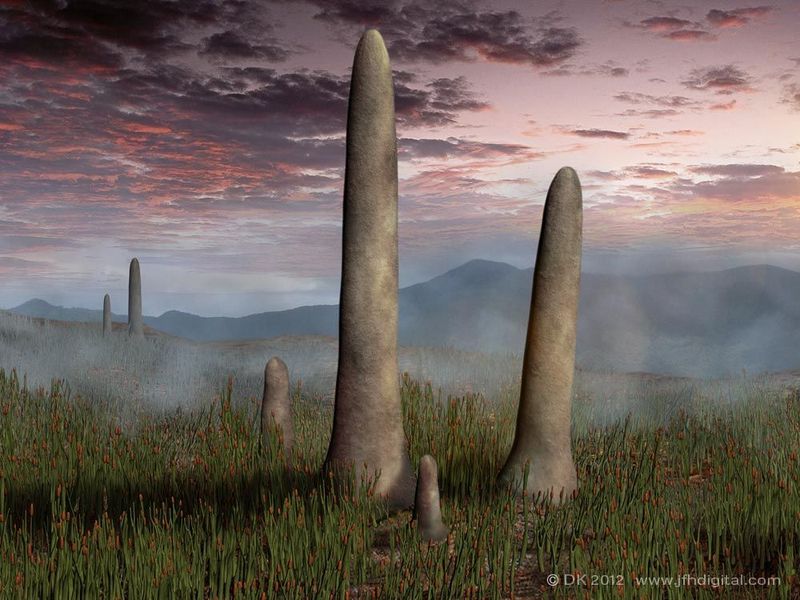
Standing up to 26 feet tall, Prototaxites dominated Earth’s landscape long before trees existed. These massive organisms resembled enormous tree trunks without branches or leaves.
For millions of years, nothing else on land grew taller. Picture an ancient world where these mysterious columns dotted barren landscapes, dwarfing the tiny plants that barely reached knee height around them.
2. Scotland’s Ancient Time Capsule
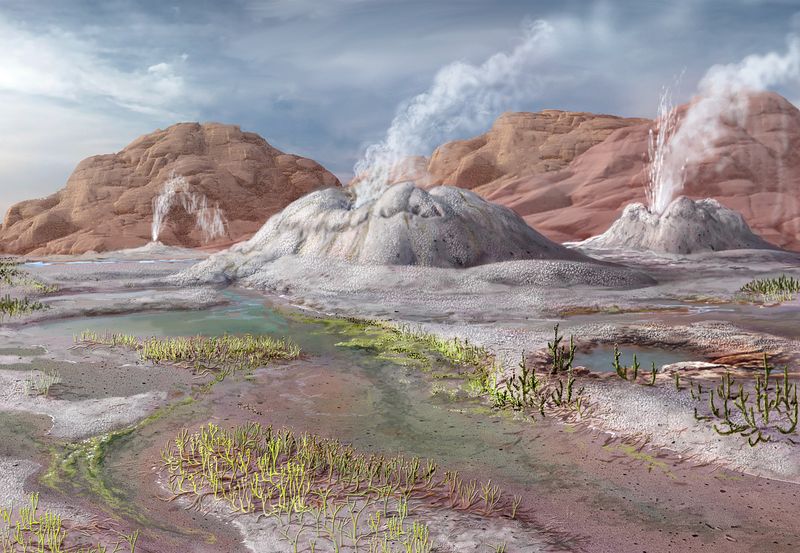
The story of Prototaxites unfolds from Scotland’s remarkable Rhynie Chert, a fossil site preserving a 407-million-year-old ecosystem in extraordinary detail. Volcanic hot springs rapidly mineralized everything in their path.
Scientists marvel at the microscopic details captured here – cell structures, spores, and even early arthropods frozen in time alongside Prototaxites. This ancient snapshot reveals a world barely recognizable as Earth.
3. Mistaken Tree Identity

When first discovered in 1859 by paleobotanist John William Dawson, Prototaxites fooled everyone. Its massive trunk-like structure convinced scientists they’d found Earth’s first trees.
The name itself reveals this error – “proto” meaning first, and “taxites” referring to yew trees. Decades passed before researchers realized their mistake. How embarrassing! Conifers wouldn’t evolve for another 50 million years after Prototaxites appeared.
4. The Fungus Theory Debate

For years, scientists were convinced Prototaxites must be a massive fungus. The internal structure showed tube-like cells resembling fungal hyphae, and its growth pattern seemed fungal.
But skeptics pointed to missing chitin – the compound in mushroom cell walls. Chemical analysis raised more questions than answers. Some researchers still champion the fungus theory, while others remain unconvinced. The debate rages on!
5. Chemical Fingerprint Puzzles
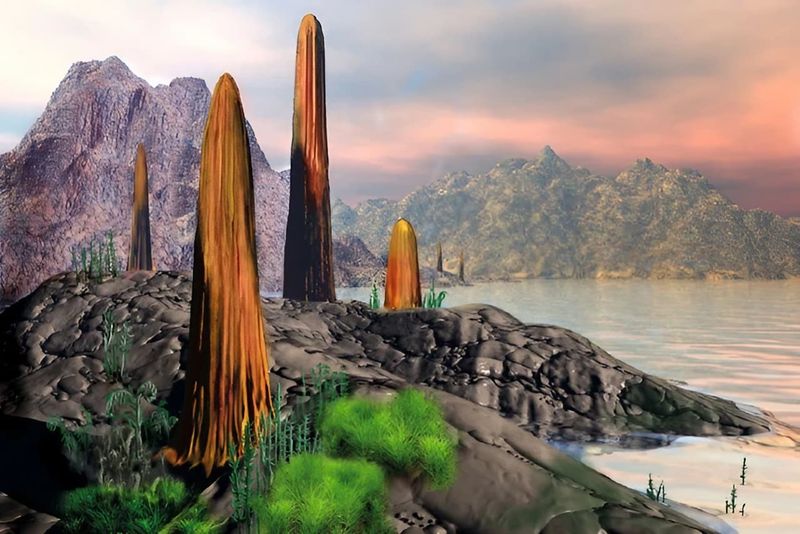
Carbon isotope analysis of Prototaxites fossils reveals something truly bizarre. Different specimens show wildly varying chemical signatures – some matching plants, others resembling fungi.
Even stranger, the same specimen can contain multiple isotope patterns! This suggests Prototaxites might have consumed various food sources or formed symbiotic relationships with different organisms. Its chemical makeup remains one of paleontology’s most perplexing riddles.
6. Life’s Taxonomic Rebel

Prototaxites breaks all the rules of classification. Too organized to be bacterial, lacking plant cell walls, missing fungal chitin, and without animal characteristics – it defies our entire system of organizing life.
Some scientists propose it represents an entirely extinct kingdom of life! Imagine discovering an organism today that fits neither plant, animal, fungus, nor microbe categories. Prototaxites stands as a humbling reminder that life’s diversity exceeds our neat categories.
7. Ancient Land Scavenger

Unlike plants that make their own food through photosynthesis, Prototaxites likely obtained nutrients by breaking down dead matter. Its massive size required substantial energy intake.
Imagine these giants as Earth’s first major recyclers, consuming decaying material from early land plants and microbes. Their presence transformed nutrient cycles on the developing continents. Without leaves or obvious photosynthetic structures, they must have fed differently from most organisms alive today.
8. Evolutionary Dead End
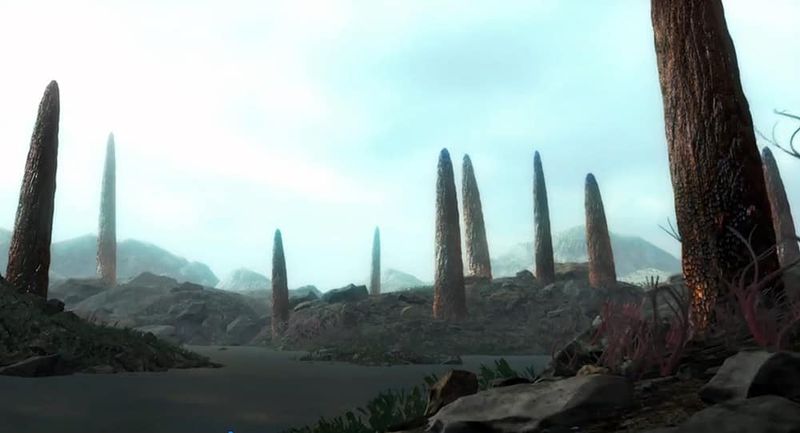
Prototaxites represents a fascinating evolutionary experiment that ultimately failed. For 40 million years, these giants thrived, then vanished completely, leaving no descendants.
What makes this extinction particularly intriguing is that no modern organism resembles Prototaxites even slightly. While dinosaurs have birds and ancient amphibians have modern frogs, Prototaxites stands completely alone in life’s history. Its unique biology disappeared forever when it went extinct.
9. Size Without Sunlight Mystery
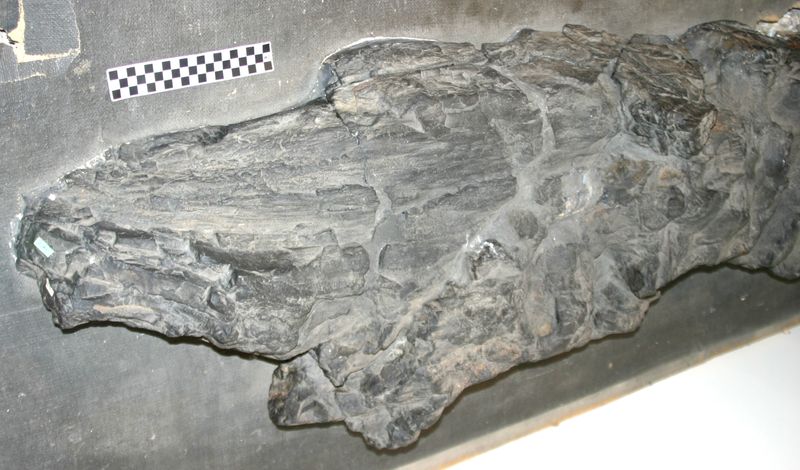
How did Prototaxites grow so enormously without photosynthesis? This question continues to baffle scientists. Modern fungi can reach impressive sizes, but nothing approaching 26-foot columns.
One theory suggests they formed massive colonies of smaller organisms working together, similar to coral reefs. Another proposes they contained symbiotic photosynthetic partners inside their tissues. The energy requirements for such massive growth without direct sunlight remains scientifically puzzling.
10. Vanished Without Explanation
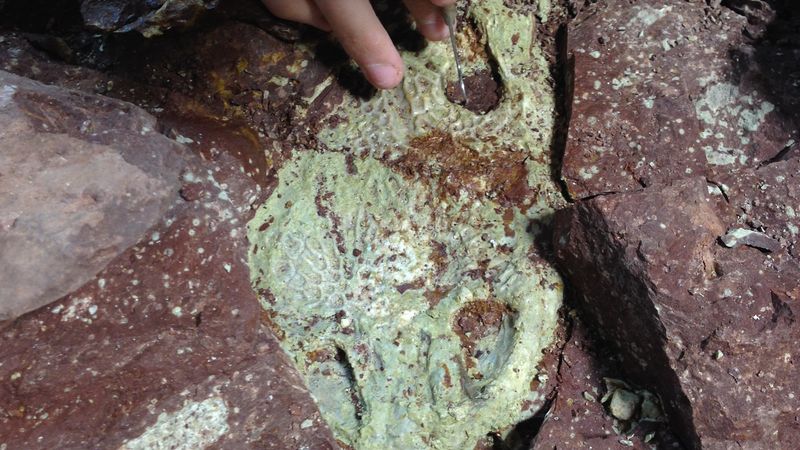
After dominating Earth for 40 million years, Prototaxites mysteriously disappeared around 350 million years ago. Their extinction coincides with the rise of forests and early land animals.
Did competition from true trees drive them to extinction? Perhaps climate change altered their habitat beyond adaptation. Maybe new fungal diseases emerged. Without modern descendants to study, scientists can only speculate about what ended the reign of these bizarre giants.
11. Ecosystem Revolutionary
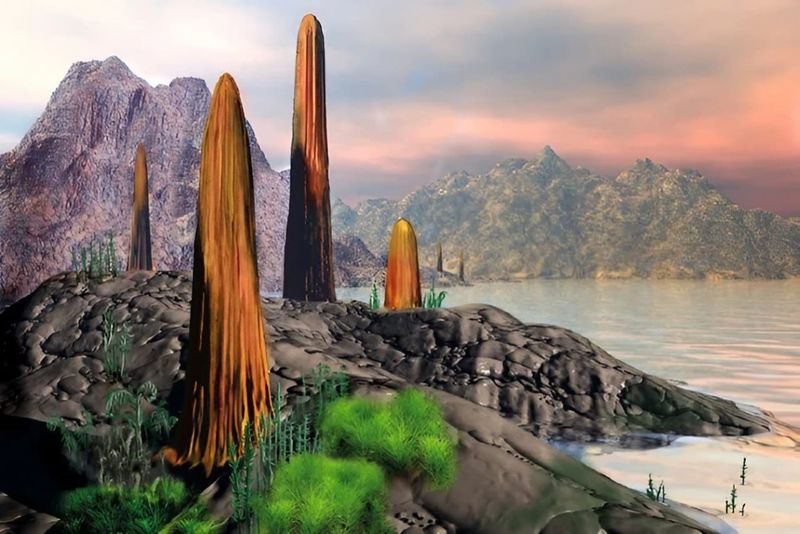
Prototaxites rewrites our understanding of early land ecosystems. Before their discovery, scientists imagined primitive Earth landscapes as simple, low-growing greenery.
Instead, these towering organisms created vertical structure, microhabitats, and complex ecological relationships long before trees. Small arthropods likely climbed their surfaces, while early plants grew in their shadow. Their decomposition would have created nutrient-rich zones, potentially accelerating plant evolution in ways we’re still discovering.
12. Evolution’s Failed Experiment
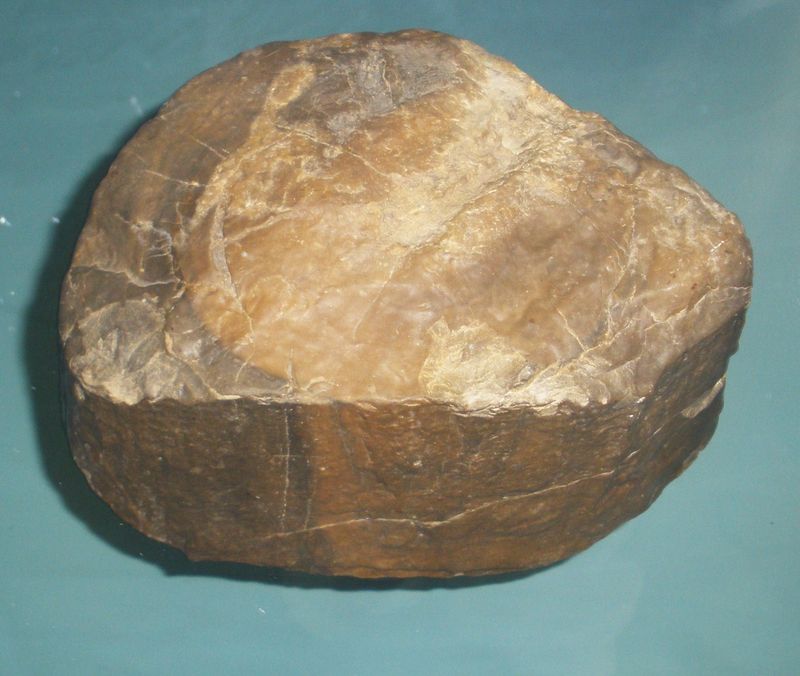
Prototaxites represents nature’s willingness to try radical biological designs. For millions of years, this strange life form succeeded brilliantly, only to eventually disappear without descendants.
This pattern of evolutionary experimentation reminds us that nature doesn’t follow a straight path toward today’s organisms. The ancient world contained numerous successful life forms utterly unlike anything alive today. Prototaxites stands as perhaps the strangest and most successful of these lost experiments.




